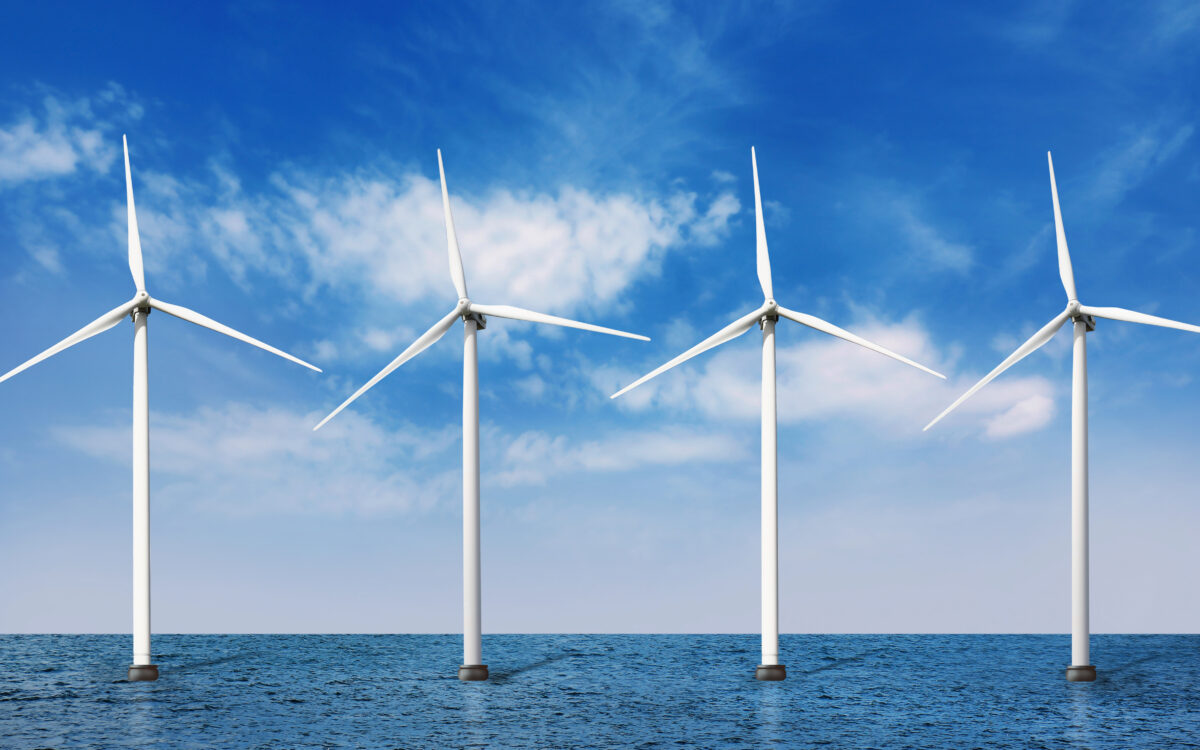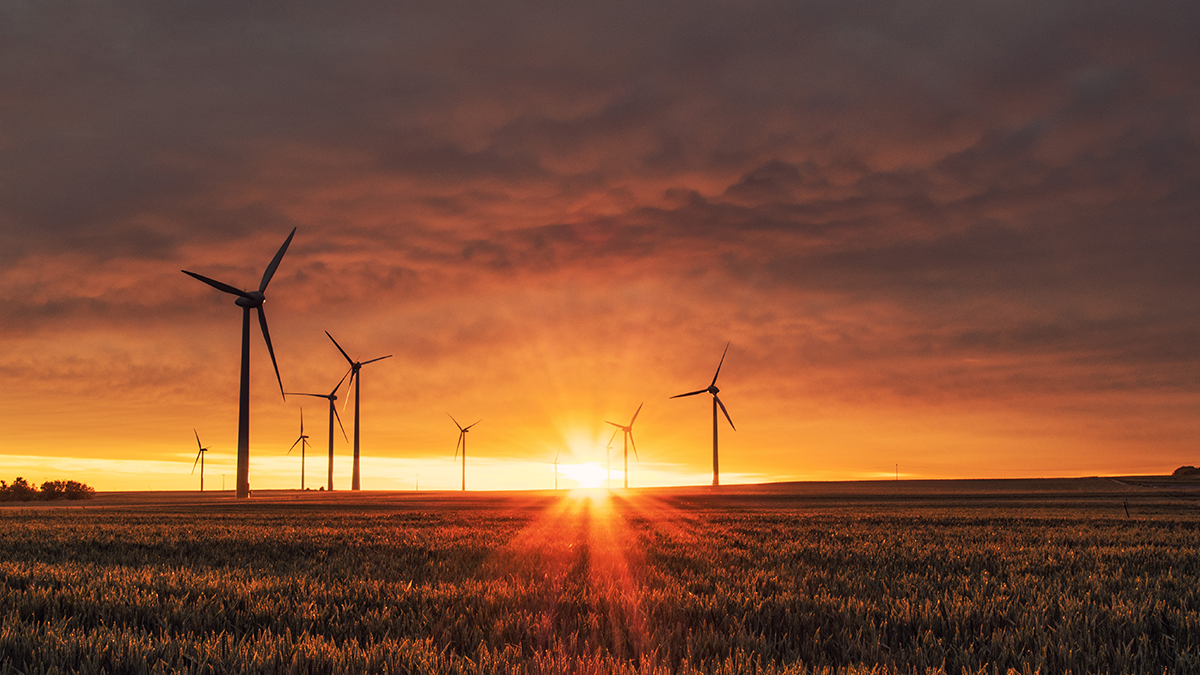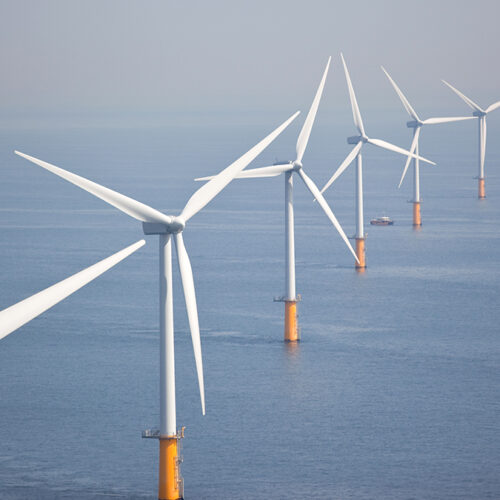Wind power is one of the most significant sustainable power production solutions to tackle the climate crisis. Equinor has demonstrated that the output is better and more sustainable on the high seas, opening up entirely new areas of possibility.
It takes about 40 minutes for the Equinor company’s small team to reach this destination on the high seas. All of this began four years ago, and a good 25 km off the coast of Scotland. First, Equinor started what could be a crucial experiment setting up a small group of wind turbines. According to Ben Lawson, Equinor’s Operations and Maintenance leader- “the way these structures are some 20,000 tonnes, and the power we are producing from these five turbines alone will power approx 36,000 homes, so we are very proud of the fact that we have got the world’s first floating offshore wind farm”.
The potential for wind energy so far out at sea is enormous; the turbines are 100 meters tall, they are held in position by several anchors, and the constant wind here means that their output is far higher than the turbines in the shallow waters.
Ben Lawson, Equinor’s Operations and Maintenance leader, further stated that- “One of the most impressive things with floating winds is that we can install further offshore in the deeper water, and that is specific to the UK. If we look internationally, floating winds enable us to support countries with extremely deep waters close to the shore. Like island nations and even the west cost of the US, for example, here we know that we have incredibly deep water very quickly”.
For decades Scotland’s economy had been primarily defined by the oil and gas industry. Many well-paid jobs are dependent on it. The question now is what does the transition to renewable means for the region.
According to Russell McKenna, Aberdeen University Chair in Energy Transition, Aberdeen has been the energy capital of Europe, mainly focused on oil and gas. On the one hand, this sector is facing a challenge of low oil prices and energy transition on how to position itself; on the other hand, it is a massive opportunity because there is a lot of expertise, a lot of skill, and a lot of existing infrastructure in this sector. That can be adapted, exploited, and combined with the current development in renewables.
Equinor’s experiment off the Scottish coast has paid off so far. After that, the company is busy creating the world’s biggest winds park off the Norwegian coast.




